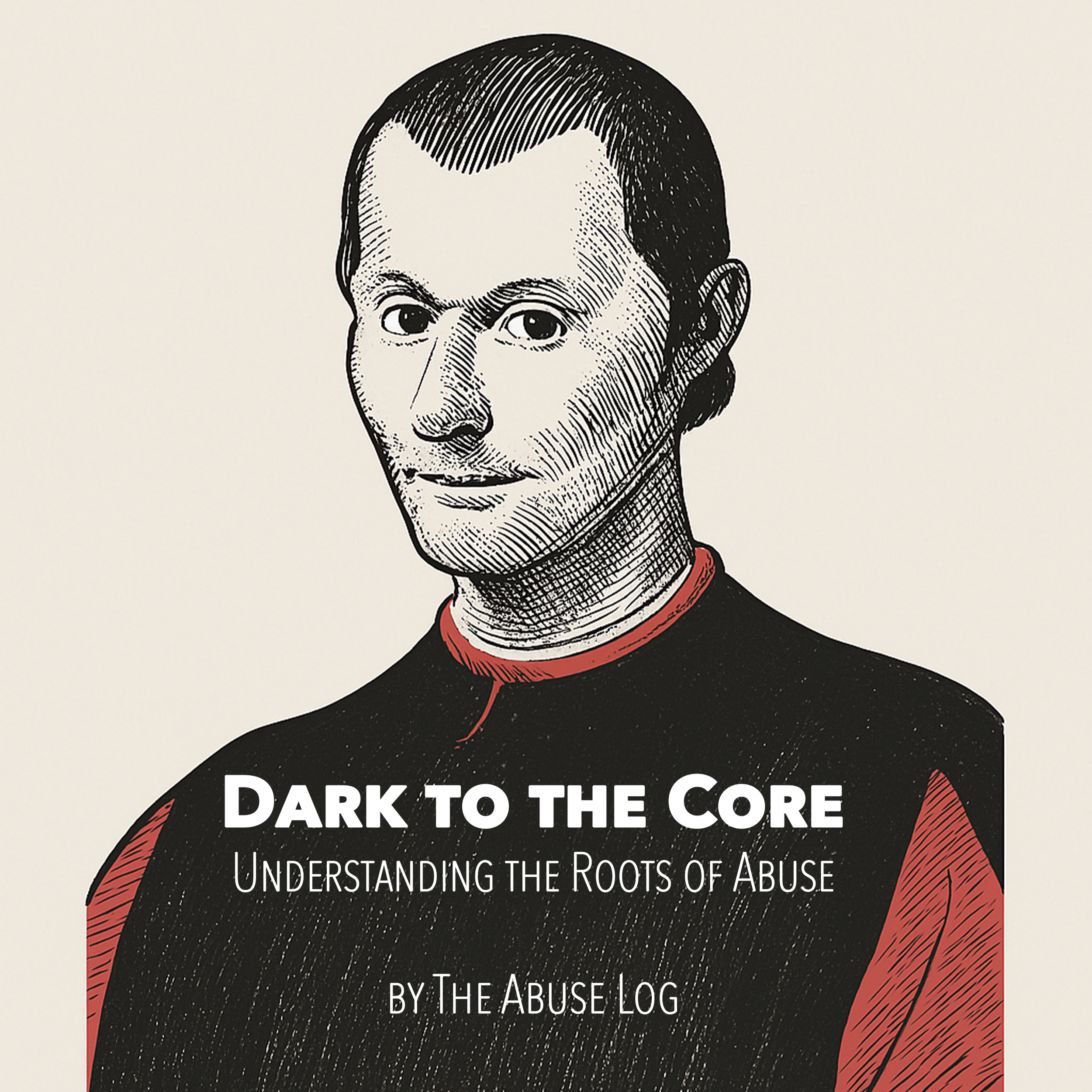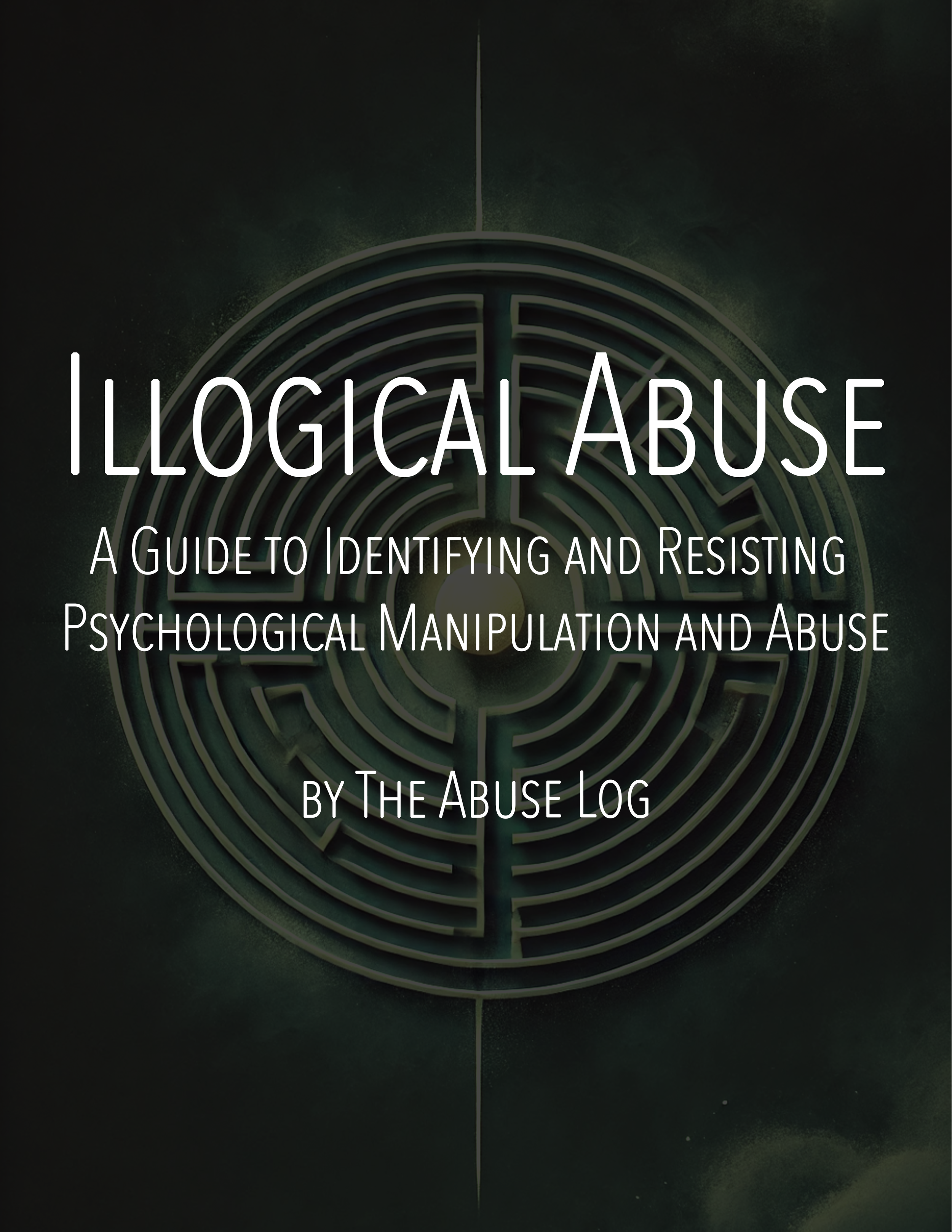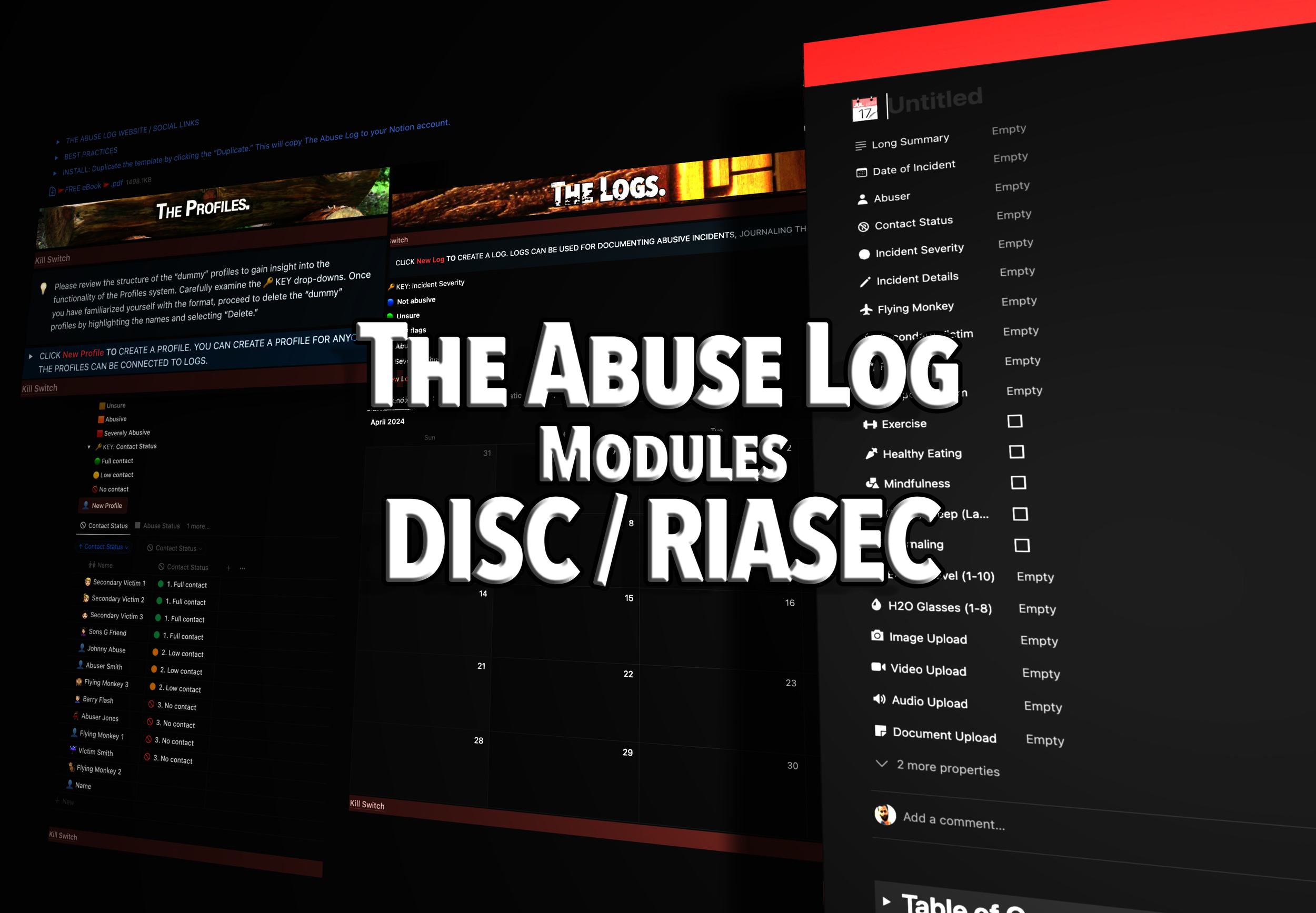Part 2: Why Narcissists Leverage the Fear of Exterior Darkness to Control Their Victims
In the intricate web of narcissistic manipulation, the why is as important as the how. Understanding why narcissists leverage the fear of isolation and rejection—the proverbial "exterior darkness"—sheds light on the driving forces behind their behavior. At its core, narcissistic manipulation stems from deep-seated insecurities, an insatiable need for control, and a pathological desire to maintain their fragile self-image. This part explores the underlying motivations behind their tactics, including their dependence on supply, their fear of exposure, and their inability to form genuine connections.
1. The Narcissist’s Fragile Ego: A House Built on Sand
At the heart of narcissism lies a paradox: while they project confidence, superiority, and self-assuredness, their ego is inherently fragile. Their sense of self-worth is heavily dependent on external validation, often referred to as "narcissistic supply." This supply can come in the form of admiration, attention, or even fear and compliance from others.
By instilling the fear of isolation in their victims, narcissists ensure a steady flow of this supply. The victim’s dependence feeds the narcissist’s sense of importance and control, soothing their deeply rooted insecurities. Without this supply, the narcissist’s constructed persona begins to crumble, leaving them vulnerable to feelings of inadequacy and worthlessness—emotions they will do anything to avoid.

2. Fear of Exposure: Avoiding the Mirror
Narcissists are terrified of being exposed for who they truly are. Beneath their façade of confidence lies an individual who feels fundamentally flawed, ashamed, or unworthy. This fear of exposure drives their relentless efforts to control the narrative, particularly through smear campaigns and information weaponization.
By casting their victim into the "exterior darkness" of isolation and rejection, narcissists ensure that the victim is too disempowered to reveal their true nature. Anyone who might challenge the narcissist’s carefully curated image becomes a threat to be neutralized. This is why they work so hard to destroy the credibility of their victims, often preemptively, to ensure that their own vulnerabilities remain hidden.

3. The Need for Power and Control: Playing God
For narcissists, control is not just a desire—it’s a necessity. Maintaining dominance over their victims gives them a sense of godlike power, feeding their grandiose self-perception. The fear of abandonment or rejection is a powerful tool in this quest for control. By leveraging the victim’s innate fear of isolation, narcissists position themselves as the gatekeepers of acceptance, love, and belonging.
This dynamic creates an addictive cycle for the narcissist. Every time the victim submits to their control, the narcissist feels a surge of power. This sense of superiority becomes a crucial part of their identity, reinforcing the belief that they are indispensable and untouchable.
4. Projection: Transferring Their Own Fears
One of the most common psychological defenses employed by narcissists is projection. They transfer their own fears and insecurities onto their victims, effectively making others carry the burdens they cannot face themselves. The fear of rejection, abandonment, and isolation that narcissists instill in their victims often mirrors their own unacknowledged fears.
By manipulating others to feel what they fear most, narcissists distance themselves from these uncomfortable emotions. It is easier for them to control and punish their victims than to confront the fragile, fearful parts of themselves. In doing so, they avoid self-reflection and accountability, perpetuating their cycle of harm.
5. Inability to Form Genuine Connections
Narcissists often struggle to form authentic, reciprocal relationships. Their relationships are transactional, built on what others can provide rather than mutual care or respect. Because they lack the ability to connect on a deeper emotional level, they rely on fear and manipulation to keep people close.
The fear of the "exterior darkness" becomes a substitute for genuine connection. By ensuring that their victims feel dependent on them for validation and belonging, narcissists create a counterfeit sense of intimacy. This false closeness allows them to maintain their relationships on their terms while avoiding vulnerability or emotional reciprocity.
6. Preventing the Victim’s Independence
A narcissist’s greatest fear is losing control of their victim. If the victim gains confidence, independence, or outside support, the narcissist risks losing their influence and, consequently, their source of supply. This is why they work so hard to erode their victim’s self-esteem, isolate them from others, and create an environment of fear.
The thought of their victim thriving without them threatens the narcissist’s carefully constructed identity as the all-important center of the victim’s world. By keeping their victims in a state of fear and dependence, narcissists ensure that they remain indispensable, no matter how toxic the relationship becomes.
7. Sadistic Gratification: Thriving on Suffering
For some narcissists, there is a sadistic element to their manipulation. Watching their victim suffer—especially as a result of their own machinations—provides a sense of twisted gratification. The fear of abandonment or rejection that they instill becomes a source of amusement or validation, reinforcing their belief in their own power and superiority.
This sadistic tendency often reveals itself in their calculated cruelty, such as public humiliation, relentless criticism, or intentionally setting the victim up for failure. The victim’s pain serves as proof of the narcissist’s dominance, feeding their distorted sense of self-worth.
Conclusion
Narcissists exploit the fear of the "exterior darkness" not only because it is effective but also because it aligns with their psychological needs and defenses. Their fragile ego, fear of exposure, need for control, and inability to form genuine connections drive their behavior. For the narcissist, keeping their victims in a state of fear and dependence is a survival strategy—a way to protect their constructed identity and ensure a steady flow of validation.
Understanding why narcissists employ these tactics is essential for breaking free from their grasp. By recognizing the underlying motivations behind their behavior, victims can begin to dismantle the power dynamics that keep them trapped. Healing involves reclaiming one’s sense of self-worth, rebuilding connections, and learning to see through the narcissist’s manipulative facade.







![The Abuse Log Notion Template [Basic]](https://images.squarespace-cdn.com/content/v1/65b9553c448d7e5b0ec1dfcd/4c83e581-b720-4cbe-83b1-2d72e7a9ac8a/Logo+Gumroad-Basic.png)
![The Abuse Log Notion Template [Advanced]](https://images.squarespace-cdn.com/content/v1/65b9553c448d7e5b0ec1dfcd/c3bb150a-a911-4f91-a23e-3621b98a2d55/Logo+GumroadAdvanced.png)
![The Abuse Log Notion Template [Professional]](https://images.squarespace-cdn.com/content/v1/65b9553c448d7e5b0ec1dfcd/7fa18cea-edf4-4325-8234-13f3527579c2/Logo+GumroadProfessional.png)












































